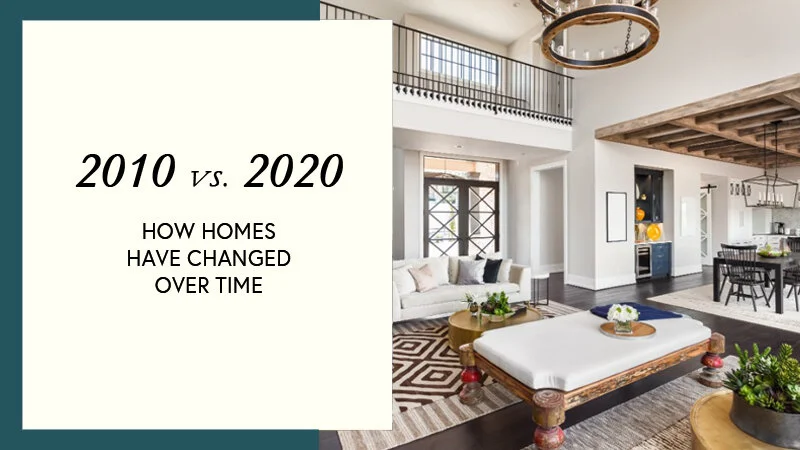A typical home in 2010 was similar to an average home in 2000, which had three or more bedrooms, a two-plus car garage, and two and a half or more baths. The difference was that the 2010 homes are slightly larger.
Now, after ten years of innovations and changes in customer demands, what do houses look like in 2020? How have they changed since 2010? As mentioned, there has been a significant change in the demand of homeowners as most new homebuyers today are millennials and Gen Z’s.
In this article, we will look at several aspects of how homes have changed from 2010 to 2020:
Location
Back in 2010, the property’s location was important, and this still remains true until today. However, the difference is that what the location offers seems to be more critical to homebuyers today, as a considerable part of the millennial and Generation Z work from home. Because of this, they require a good and quiet neighborhood that takes priority over the features of the house.
These days, homebuyers are after convenience (in terms of location), which means that the house must be near amenities, such as supermarkets, shops, retail stores, and other facilities. With this demand, home constructions are adapting, explaining numerous new construction projects in large cities.
Smarter Homes
Undoubtedly, 2020 is more technologically-advanced to 2010, and these advancements in technology have carried over residential properties. Homes have become “smarter” with the addition of the latest technologies that improve functionalities in the property, such as security and home control systems and smart thermostats.
These technological advancements are paving the way more further improvements in technology in the next decade that will significantly lower the overall cost and turnaround time of a new house.
Bigger Space
It’s natural to think that millennials are acceptable with living in smaller spaces today, but it’s actually the opposite. Most modern homebuyers are looking for a bigger space. Additionally, open floor plans are the current trend as it creates a visual connection between the rooms in the house that makes it excellent for entertaining visitors.
More Energy Efficiency
Homes in 2020 are becoming more energy-efficient due to the growing interest in protecting the environment. On top of that, energy-efficient homes also help reduce utility costs, which will help homeowners save more money in the long run—another aspect that matters when buying a residential property.
More Bathrooms
New homes constructed today have more bathrooms than usual. This is also due to the rise in demand for more than just one bathroom. This year, expect to see newly-built homes with at least two to three bathrooms to accommodate the growing families as well.
Conclusion
Houses commonly evolve with the changing times, and it’s apparent how much has changed since 2010. Newly-built houses in 2020 are bigger, often with open floor plans, and are usually situated in busy metro cities due to the rise in demand for convenience. Moreover, with a growing number of people working from home, the location has become even more important as homebuyers make it a priority to get a house in a convenient neighborhood before they look into the property’s features.
If you are looking for a home today, hiring a realtor will help you find the right property that will suit your needs and will be apt for 2020 and beyond.
Are you wondering why you should hire a real estate agent in Genesee County, MI? With the help of a hired realtor, such as the experts at Smith Street Homes, they will help you find your dream home today with ease. Visit our website today to view our available homes!

